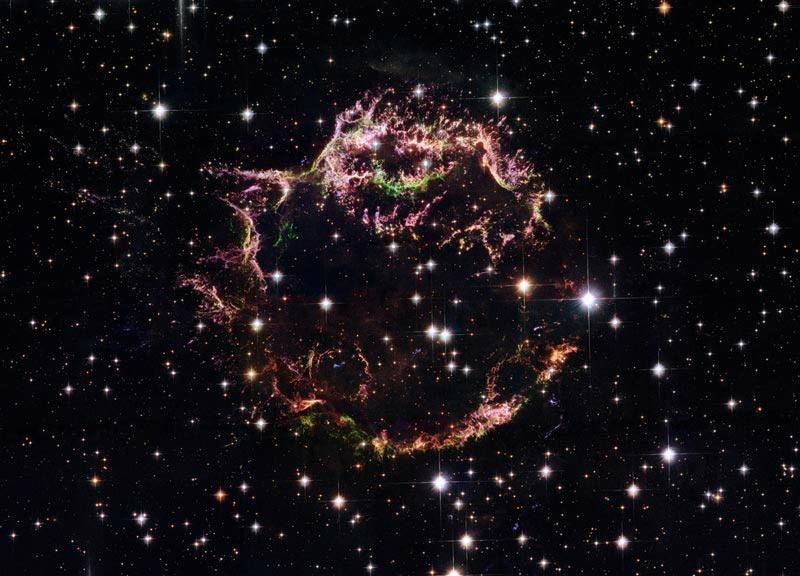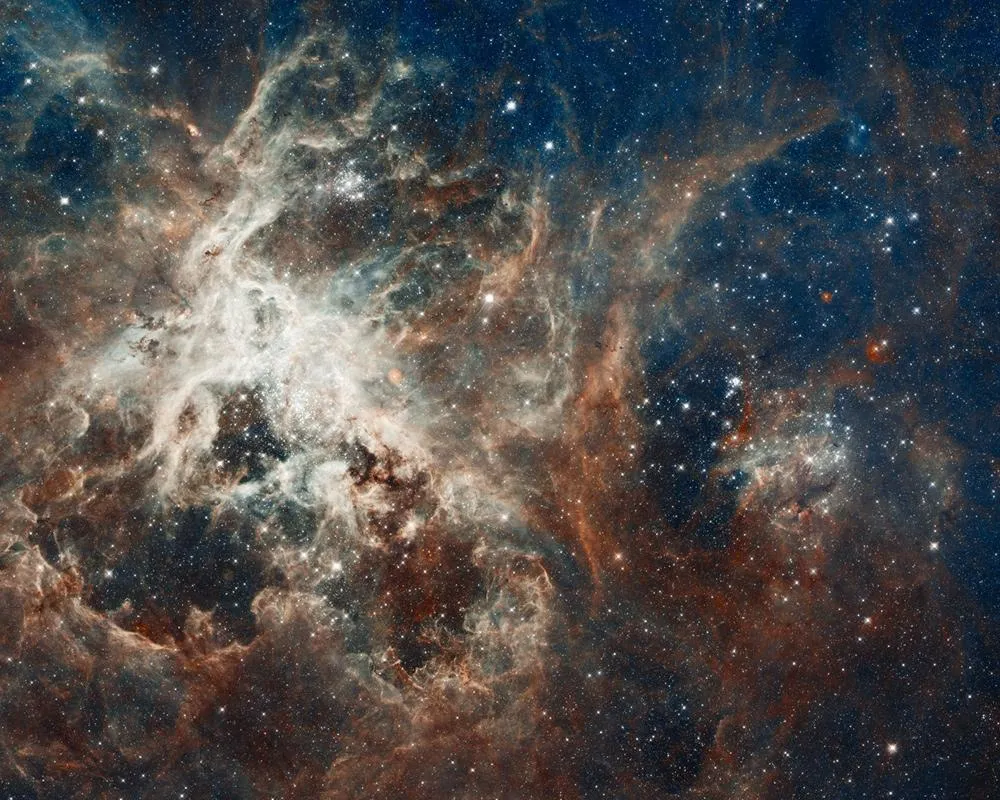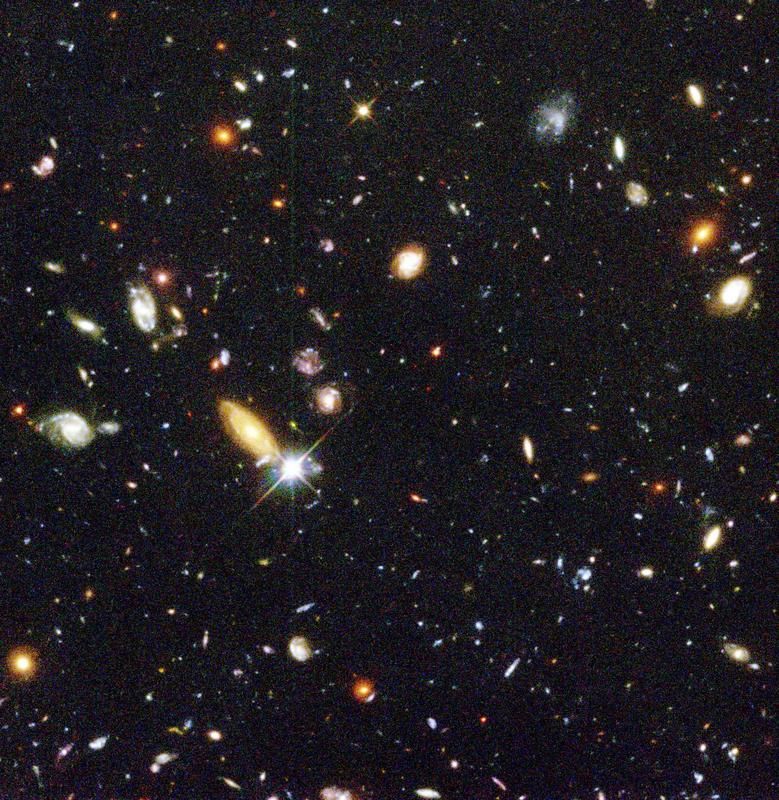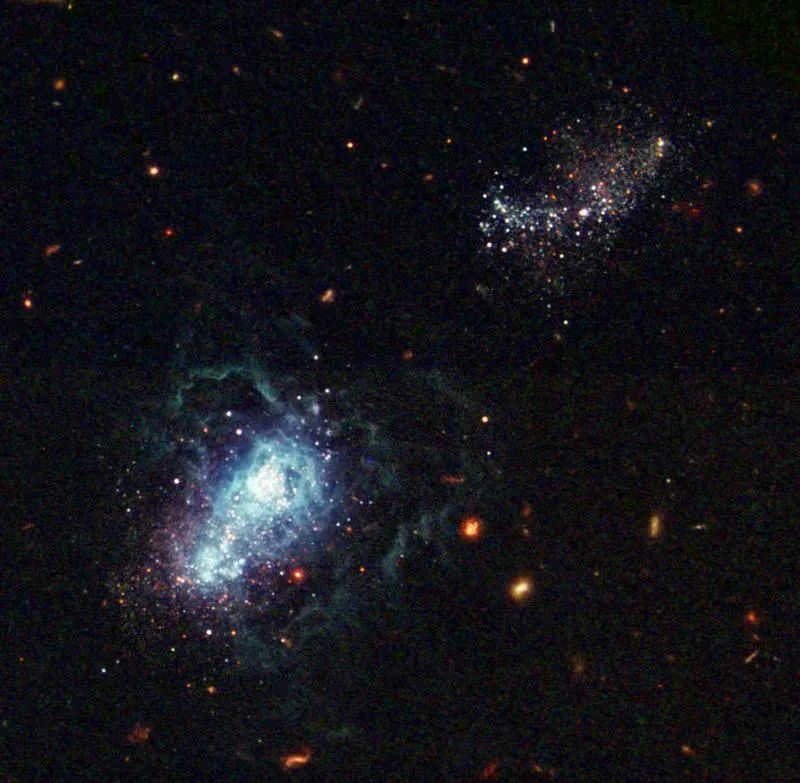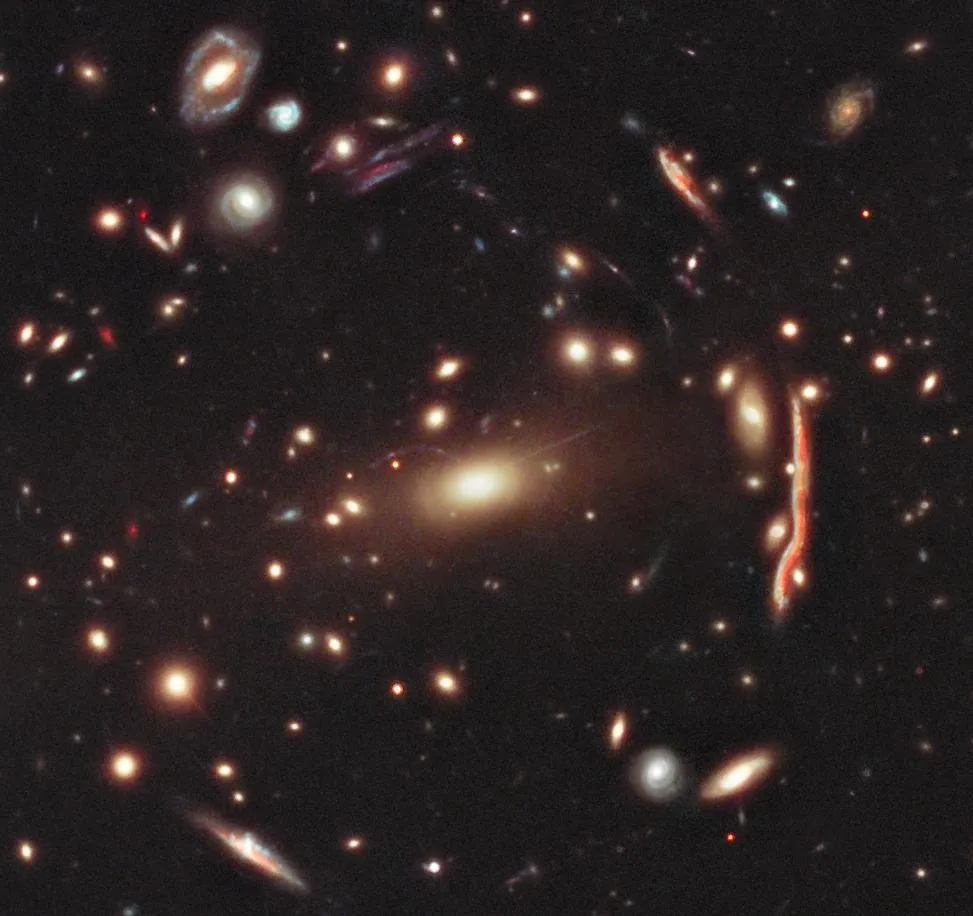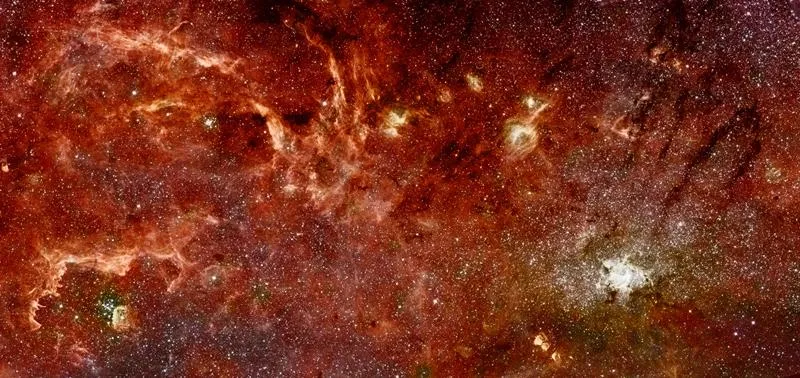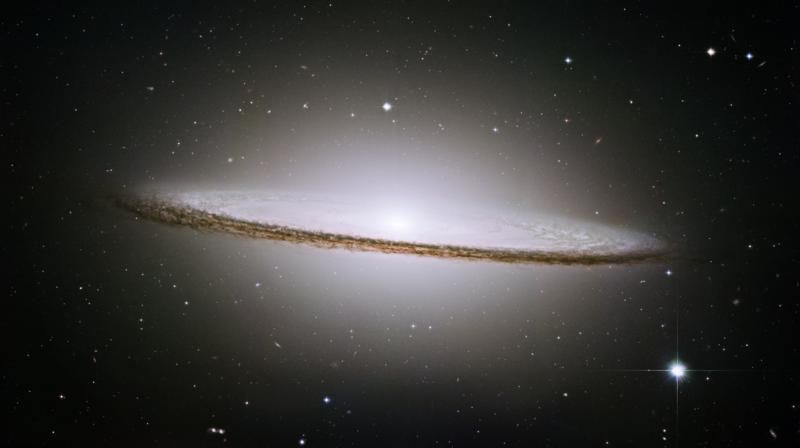The Hubble Space Telescope Has Been In Space for 25 Years, Here’s What it Has Seen
The telescope has sent back some real beauties
/https://tf-cmsv2-smithsonianmag-media.s3.amazonaws.com/filer/5a/18/5a185544-6f26-4ec4-be1e-0ad1bb48e765/hubble.jpeg)
Some 340 miles above the surface of the Earth flies an object that looks a lot like an elongated tin can with two stubby wings. The Hubble Space Telescope may not be a sleek piece of technology, but wondrous images come from the utilitarian form every year. Today marks the 25th anniversary of the Hubble’s launch and as many years of repairs, images and discoveries.
By lifting its mirrors and optics above the thick, star-obscuring air of Earth, Hubble has been able to see deeper into space than any telescope before. Observations from Hubble have helped researchers hone in on a more precise date for the beginning of the universe, learn about how stars are born, watch their spectacular deaths, snap the first visible-light photo of a plant orbiting another star and more.
But it's the images themselves, even without the trappings of scientific breakthroughs, that make Hubble a favorite.
When assembled together, the thumbnails of the Hubble Heritage collection — a smorgasbord of the telescope’s most visually-striking images — look like a collection of exotic jewels. Viewed one-by-one, they illustrate the majesty of the universe. The effect can be humbling to the casual viewer perusing on a home computer and the expert astronomer alike.
Jason Kalirai, an astronomer at the Space Telescope Science Institute, highlighted a special Hubble image in a story by Geoff Brumfiel for NPR.org. The Hubble Deep Field image, captured in December 1995, revealed thousands of as-yet-undiscovered galaxies after it peered at a tiny, seemingly dark section of the sky for 10 days. Brumfiel writes:
"We're basically sitting on a rock orbiting a star, and that star is one of a hundred billion in our galaxy," Kalirai says. "But the deep field tells us that galaxy is one galaxy out of a hundred billion in the universe."
"I think Hubble's contribution is that we're not very special," he says.
That may sound like a bummer, but Kalirai doesn't see it that way. "I think it's exciting," he says. "It gives us a lot more to learn about. ... If we're not very special, you can continue to ask that question: 'What's next?' "
The Hubble was designed to be repaired and serviced by astronauts, so with the retirement of the space shuttle, the telescope's last update was in 2009. Eventually, it will stop working and sink lower in orbit until it burns up sometime between 2030 and 2040. The flow of images won't stop: The James Webb Space Telescope, scheduled for launch in 2018, will continue Hubble's work.
